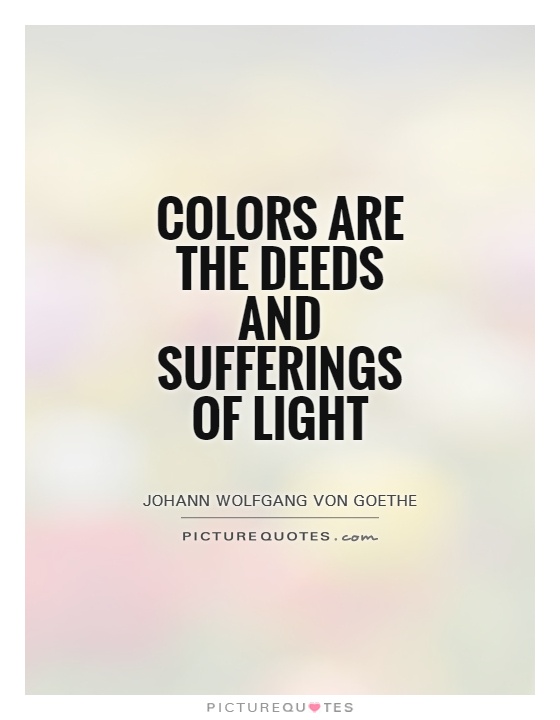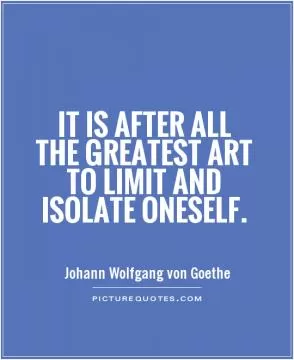Colors are the deeds and sufferings of light

Colors are the deeds and sufferings of light
Johann Wolfgang von Goethe, the renowned German writer, poet, and philosopher, was not only known for his literary works but also for his profound insights into various aspects of life, including the nature of colors. In his theory of colors, Goethe famously stated, "Colors are the deeds and sufferings of light," encapsulating the idea that colors are not merely visual phenomena but are imbued with meaning and emotion.For Goethe, colors were not just a result of the interaction between light and matter but were also a reflection of the human experience. He believed that each color had its own unique character and significance, and that they could evoke different emotions and moods in the viewer. In his book "Theory of Colours," Goethe explored the psychological and symbolic meanings of colors, arguing that they could have a profound impact on our perception and understanding of the world.
According to Goethe, colors were not static entities but were constantly changing and evolving, much like the deeds and sufferings of human beings. He saw colors as dynamic forces that could influence our thoughts, feelings, and actions, and believed that they played a crucial role in shaping our perception of reality. In this sense, colors were not just passive elements of the visual world but were active participants in the human experience.












 Friendship Quotes
Friendship Quotes Love Quotes
Love Quotes Life Quotes
Life Quotes Funny Quotes
Funny Quotes Motivational Quotes
Motivational Quotes Inspirational Quotes
Inspirational Quotes